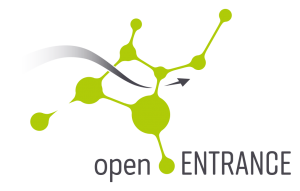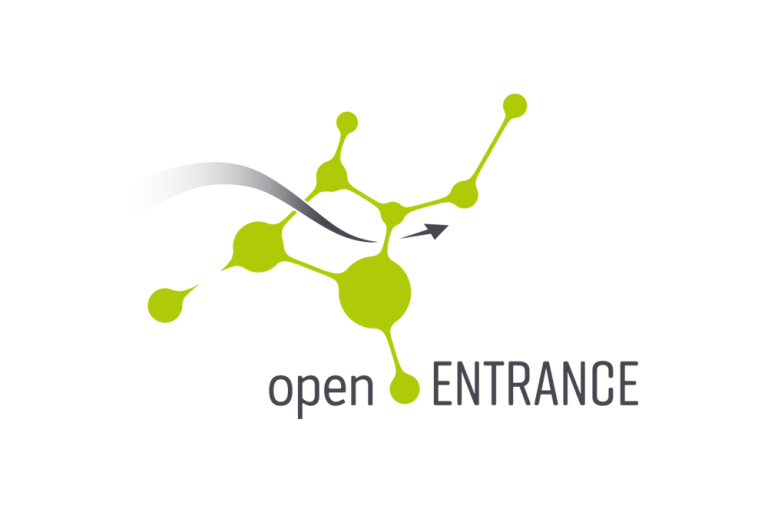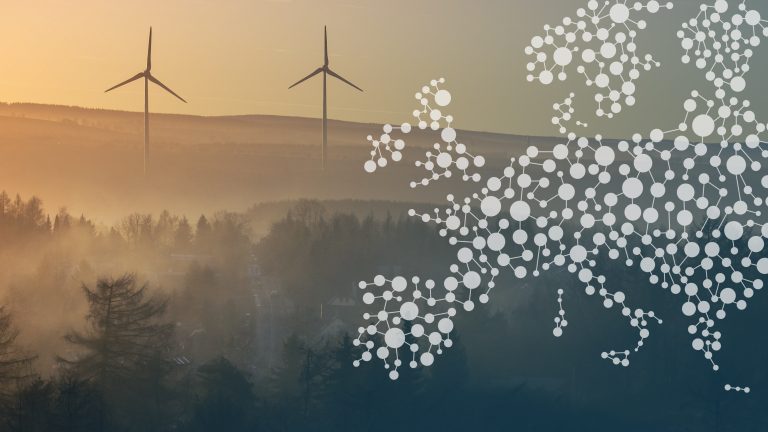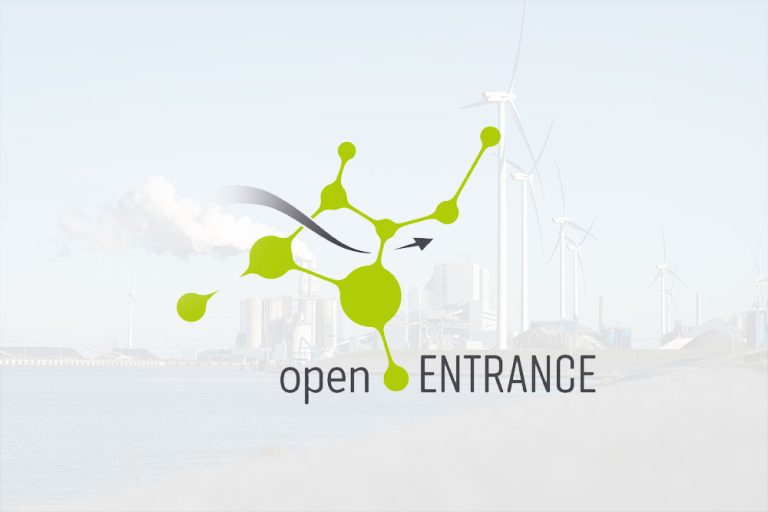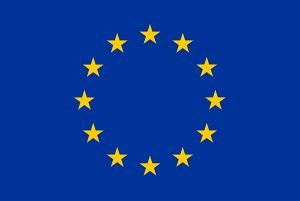On 4 March 2021 openENTRANCE and SUPEERA organised the online Workshop “Scenarios for Low Carbon Futures of the European Energy System”. The goal of the workshop was to support and improve the application of the scenarios and transition pathways of openENTRANCE.
Watch the Recording
Please accept YouTube cookies to play this video. By accepting you will be accessing content from YouTube, a service provided by an external third party.
If you accept this notice, your choice will be saved and the page will refresh.
The workshop focused on four main objectives:
- To present and discuss the low-carbon pan-European openENTRANCE scenario
- The openENTRANCE low-carbon scenario studies presented comply with the (European fraction of) 1.5/2.0°C global warming targets. The model results show that resource and technology portfolio availability as well as technology exchange rates (triggered by CO2 prices) are main determining parameters for achieving carbon neutrality in Europe in 2040 or 2050. The quantified scenario results show what needs to be done in practice in the future European energy system if we seriously intend to comply with the 1.5/2.0°C global warming limitation targets. Our (European) experience/imagination from the past on what’s supposed to be feasible (in terms of speed of technology exchange rates) and/or financeable might not be sufficient any more. Our ambitions need to be significantly increased and we must start acting now!
- To compare European Pathways studies on how the results relate to the continuation of the SET-PLAN and the National Energy and Climate Plans. Are the Green Deal policies sufficient for reaching 1.5/2.0 degrees targets in the longer term?
- Since there exists a wide range of decarbonisation studies of the European energy system, it is important to synthesize common findings, no-regret options and areas of action through a thorough analysis of pathway results, assumptions and specifications. Here, special attention needs to be payed to understanding the scope and scenario assumptions of every single study. This is also true for any country-specific and/or sector-specific study – for example those conducted in the context of the NECPs (National Energy and Climate Plans) and/or the SET-Plan. Comparative scenario studies have shown that the European Green Deal (EGD) covers a lot of relevant and required areas of action through action plans. However, ambitions still need to be further increased in Europe to comply with carbon neutrality (sufficiency aspects are not yet covered enough – neither in the European Green Deal, nor in energy system modelling).
- To present sector-specific insights regarding macroeconomics impacts on pathways realization
- This part of the workshop put emphasis on results from the Macroeconomic models based on openENTRANCE, INNOPATHS and NAVIGATE. The discussion centred on understanding the energy transition pathways’ impacts on the economy, for example changes in GDP and sectoral production level, investments, prices, trade and welfare, of the implemented scenarios. The modelling analysis showcased the welfare and distribution effects in different sectors and regions of the economy. In the panel discussion, panellists had a proactive and constructive conversation on:
- limitations of Macro-economic models and their interpretations (e.g., assumed agents behaviours and finance/monetary aspects),
- ensuring a just energy transition through policy design,
- discussion on factors of “uncertainty & complexity” and how they can be incorporated into the models, and
- bridging the science-policy interface gap – how to integrate political perspectives into the models and how to integrate the models into the policy design.
If you want to get a better overview on the work that has been done on the scenarios kindly refer to the detailed report published by openENTRANCE: Quantitative Scenarios for Low Carbon Futures of the pan-European Energy System – openENTRANCE
